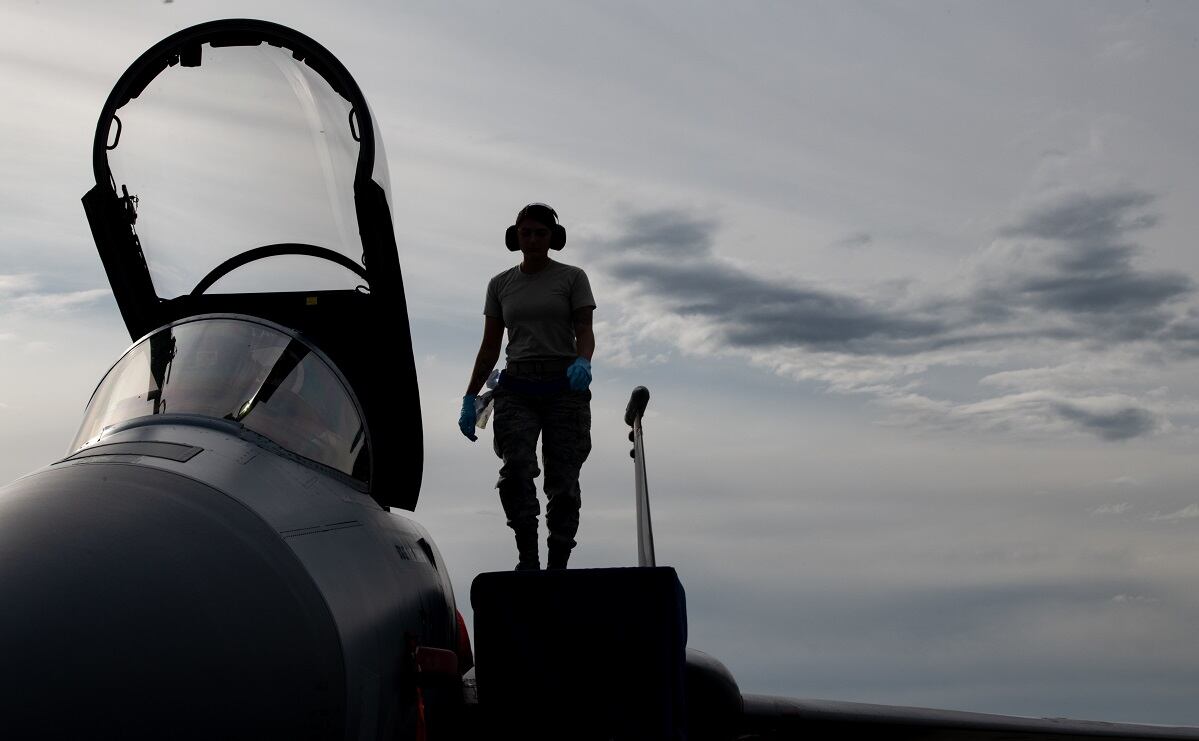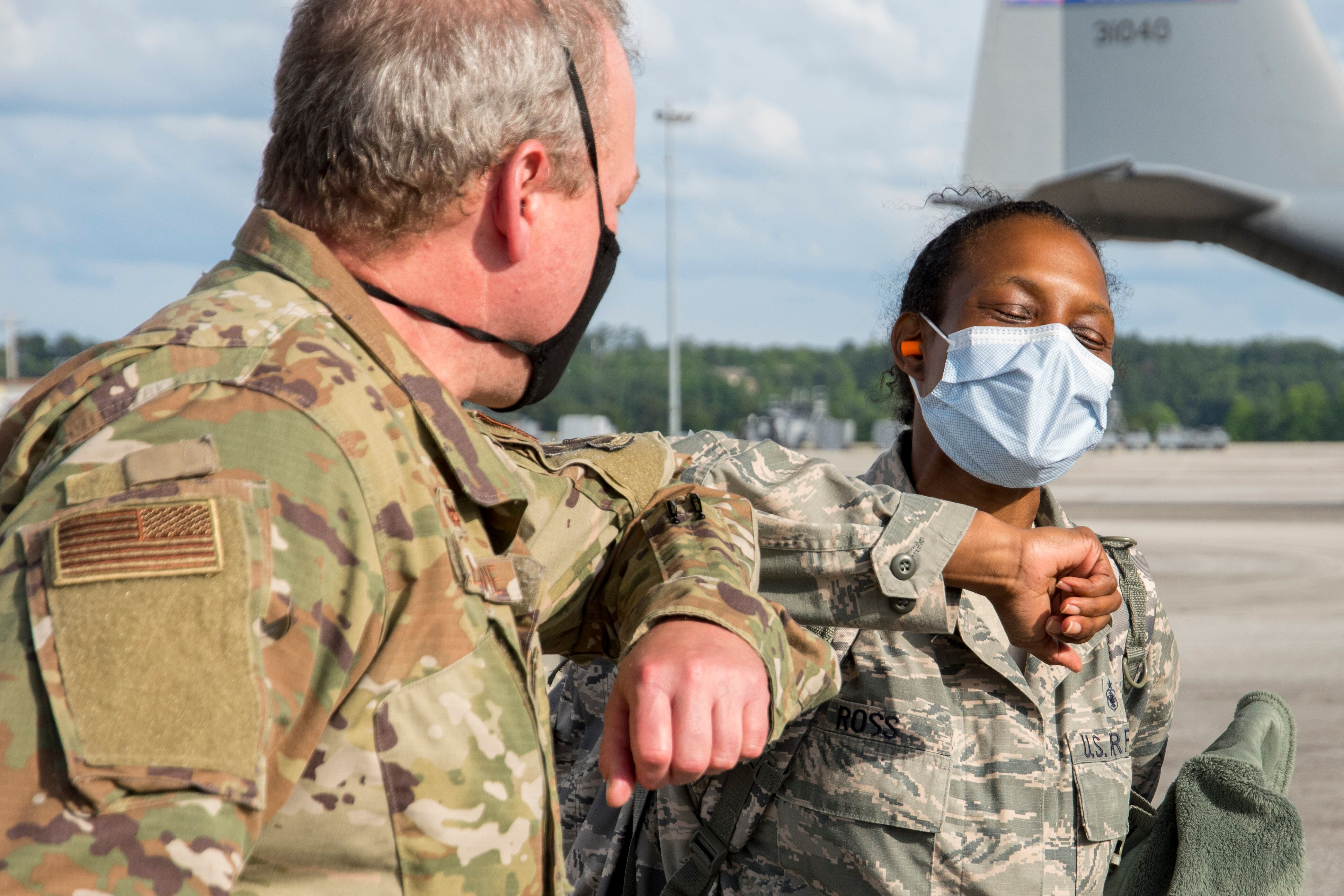The Air National Guard’s lengthening response to the coronavirus crisis is hurting its retention efforts, and could cause it to drop about 1,000 air guardsmen below its authorized levels.
The ANG was expected to have an end strength of about 107,700 airmen in fiscal 2020, according to the Air Force’s budget documents. But in an online forum hosted by the Mitchell Institute for Aerospace Studies on Wednesday, Air National Guard director Lt. Gen. Scott Rice said a recruiting briefing he received that morning said retention issues will cause it to fall roughly 1,000 short.
“We’ve had a change of dynamic that I hadn’t seen before, that we’re digging into and finding out what it means,” Rice said. “Our recruiting is actually increasing slightly. Our retention has changed for the first time in probably 10 years.”
A key factor stressing air guardsmen is the ongoing pandemic. Some guardsmen got month-long orders in March and April, Rice said, which then got extended through May, and then June — and could perhaps be extended through August.
RELATED

This is making it very difficult for air guardsmen to predict the future and balance their home life, civilian work life, and military life, Rice said.

“I think people are struggling, and challenged with all of this activation,” Rice said. “COVID-19 — it’s this rolling, are we ahead of it yet? No, let’s add another month. ... That’s pretty impactful on people.”
The Air Force Reserve, which expected to have 70,100 airmen in 2020, is seeing similar retention issues, Rice said, and will also fall below its end strength goals.
But active-duty Air Force retention seems to be unaffected so far, Rice said, and recruiting is up slightly. Rice said the active duty is expected to meet its end strength requirements.
Air guardsmen, including thousands of medical personnel, have been assisting with the coronavirus response in multiple ways over the last several months. They include nurses from the 94th Aeromedical Staging Squadron at Dobbins Air Reserve Base in Georgia and aerospace medical technicians, nurses and other medical personnel from the 433rd Airlift Wing at Joint Base San Antonio-Lackland in Texas, who spent nearly two months fighting COVID-19 at the Queens Hospital Center in Jamaica Hills, Queens.
When asked if the ANG had any unique capabilities to offer in response to recent civil unrest, Rice cited the guard’s 11 RC-26 reconnaissance planes, which it received from Air Combat Command in recent years. The ANG typically uses those planes for drug enforcement and border patrol operations, Rice said, but the guard has also used those planes, on a limited basis, to help track civil disturbances at law enforcement’s request.
Rice did not address the issue of National Guardsmen responding to recent protests following the death of George Floyd, and some guardsmen’s contraction of COVID-19 afterwards.
Stephen Losey is the air warfare reporter for Defense News. He previously covered leadership and personnel issues at Air Force Times, and the Pentagon, special operations and air warfare at Military.com. He has traveled to the Middle East to cover U.S. Air Force operations.





